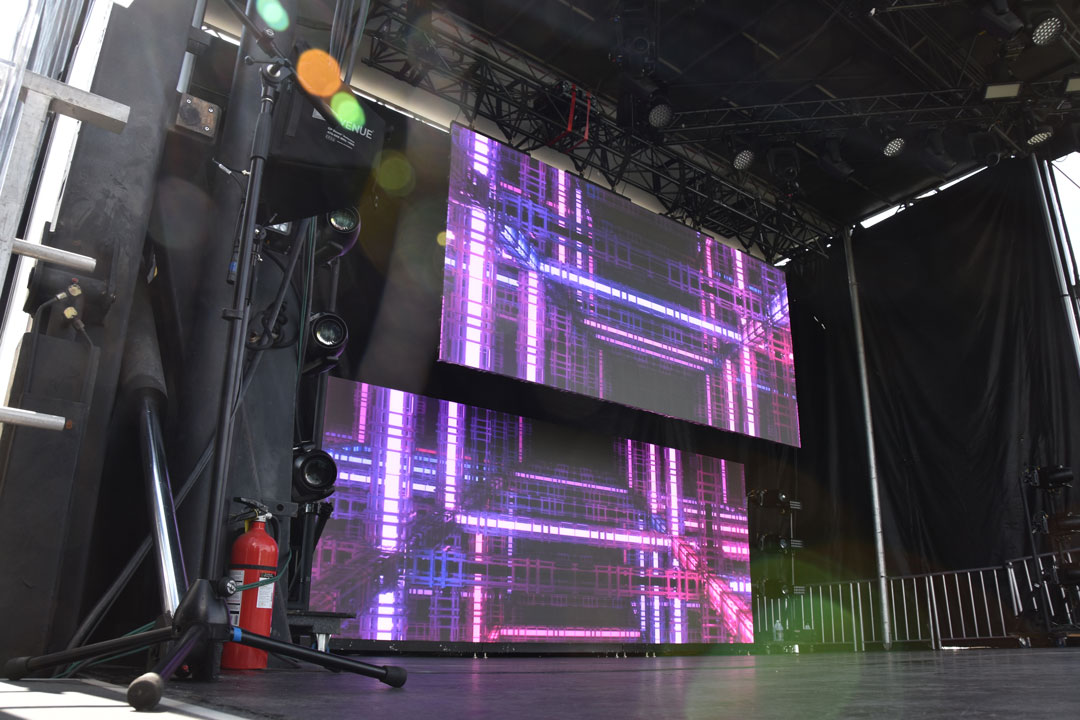Effective Strategies for Addressing Heat Issues in LED Display Panels
Wiki Article
LED wall screens are increasingly popular for multiple applications, such as advertising, events, and electronic screens. However, overheating is a major issue that can impact their performance and lifespan. When LED panels overheat, they may dim, color shift, or even fail completely. Grasping the causes and implementing efficient methods to manage heat can help maintain the ideal operation of LED panel panels. This article will explore several strategies to tackle overheating issues related with these units.
One powerful approach for preventing overheating in LED wall screens is guaranteeing adequate ventilation. It is crucial to install these panels in environments where air circulation is sufficient. This can be accomplished by placing the screens in a properly aired space or using blowers to improve ventilation around the devices. Additionally, if the screens are installed in a tight area, establishing gaps or implementing vents can help release heat more effectively. Keeping a cooler ambient heat level is vital, as it immediately affects the function and lifespan of LED wall panels.
Another way to combat excess heat is through the application of heat control substances. These substances can help take in, disperse, or deflect heat away from the LED elements. Heat sinks are commonly used in many electronic devices, including LED panels. These metal elements pull heat away from the LED diodes, allowing them to function at a safer temperature. Additionally, thermal paste or films can be applied to improve heat conduction between the LED elements and the heat sinks, further enhancing their cooling efficiency.

Routine care and oversight of LED panel panels also play a vital role in preventing overheating. Dust and debris can accumulate on the faces of these screens, blocking ventilation and holding heat. Consistent tidying, using suitable tools, will ensure the screens free from blockages. Furthermore, tracking the heat level of the panels can help detect overheating problems before they become severe. Using temperature sensors can provide important information, enabling users to take corrective steps if the screens start to go over safe operating heat levels.
The implementation of cutting-edge techniques can also help tackle excess heat issues in LED panel panels. Many modern LED panels come fitted with built-in heat management systems. These systems can automatically adjust the brightness of the display based on the temperature, reducing heat generation when necessary. Additionally, software solutions can monitor the performance of the panels and provide alerts if overheating is detected. Using these tools can considerably enhance the longevity and reliability of LED wall panels.
In conclusion, managing excess heat in LED panel screens is crucial for ensuring their performance and lifespan. Implementing strategies such as ensuring proper ventilation, utilizing heat control materials, performing routine care, and utilizing advanced technology can help reduce excess heat issues. By taking these proactive measures, users can benefit from the full advantages of LED wall panels while reducing the threat of temperature-related problems. This approach not only enhances the performance of the screens but also adds to a more sustainable and efficient use of devices click here to find out more in multiple applications.